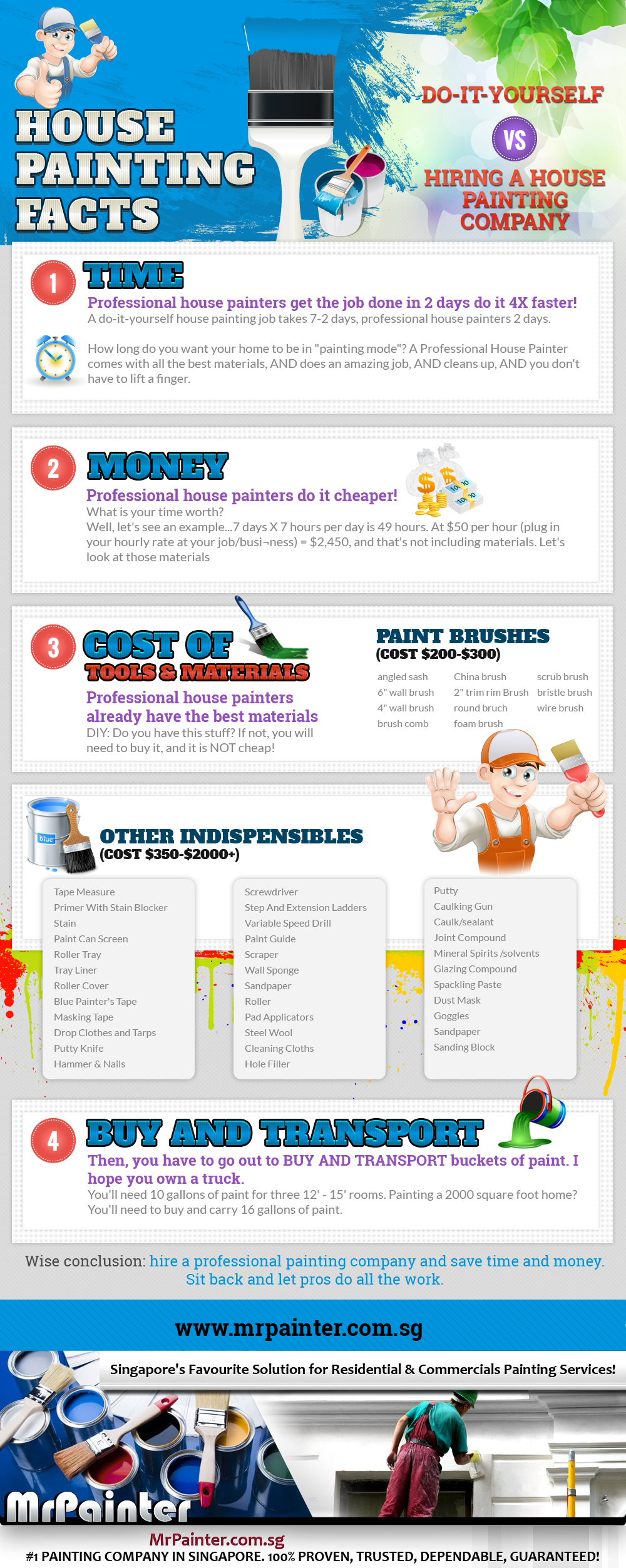Explore The Impact Of Seasonal Components On The Efficiency Of Industrial Outside Painting And Determine The Ideal Times To Attain Enduring Outcomes For Your Job
Explore The Impact Of Seasonal Components On The Efficiency Of Industrial Outside Painting And Determine The Ideal Times To Attain Enduring Outcomes For Your Job
Blog Article
Author-Fox Chaney
When you're planning a business exterior paint project, seasonal variables can make or break your results. see here 'll want to think about exactly how temperature level and humidity effect paint application and drying out times. Choosing the right season can ensure your paint adheres properly and lasts longer. Yet which seasons are genuinely the very best for this kind of job? Let's discover the key elements that can affect your job's success.
The Effect of Temperature Level on Paint Application
When you're preparing a business exterior painting task, the temperature can dramatically affect exactly how well the paint adheres and dries.
Ideally, painting companies wish to paint when temperatures vary in between 50 ° F and 85 ° F. If it's too chilly, the paint may not treat effectively, resulting in problems like peeling or splitting.
On the flip side, if it's also warm, the paint can dry also promptly, preventing proper attachment and leading to an uneven surface.
You should also consider the moment of day; early morning or late afternoon supplies cooler temperature levels, which can be a lot more beneficial.
Always examine the manufacturer's suggestions for the specific paint you're utilizing, as they usually provide advice on the excellent temperature variety for optimum outcomes.
Moisture and Its Result on Drying Times
Temperature level isn't the only ecological element that affects your business outside painting job; moisture plays a considerable role too. High humidity levels can reduce drying out times dramatically, influencing the overall top quality of your paint work.
When the air is saturated with wetness, the paint takes longer to heal, which can lead to issues like bad adhesion and a greater threat of mold growth. If you're repainting on a specifically humid day, be prepared for extended delay times between layers.
It's vital to monitor neighborhood weather conditions and plan appropriately. Preferably, go for humidity degrees between 40% and 70% for optimal drying out.
Keeping these consider mind guarantees your job remains on track and supplies a lasting coating.
Best Seasons for Commercial Outside Paint Projects
What's the most effective time of year for your business exterior paint jobs?
Spring and very early autumn are normally your best options. During these seasons, temperature levels are light, and humidity degrees are often reduced, developing perfect problems for paint application and drying out.
Stay clear of summer season's intense heat, which can cause paint to completely dry as well promptly, causing inadequate adhesion and finish. Likewise, winter's cold temperatures can impede proper drying and healing, running the risk of the longevity of your paint job.
Go for days with temperature levels between 50 ° F and 85 ° F for ideal results. Keep in mind to inspect the regional weather forecast for rainfall, as damp conditions can ruin your project.
Preparation around these elements ensures your painting task runs efficiently and lasts much longer.
Verdict
Finally, intending your industrial outside painting projects around seasonal factors to consider can make a considerable difference in the end result. By scheduling job during the ideal temperatures and humidity degrees, you'll make certain better adhesion and drying times. Bear in mind to keep an eye on regional weather report and pick the correct time of year-- spring and early loss are your best choices. Taking these actions will assist you accomplish a sturdy and expert finish that lasts.
